What is Invisalign?
Invisalign is a product on the market that can be used to straighten teeth without having to use brackets and wires. It's a clear aligner worn for 22 to 23 hours a day.
How does Invisalign compare to traditional braces?
Both Invisalign and traditional braces deliver the same outcome of straight teeth as well as a functional bite. The key difference is one uses wires while the other uses clear aligners.
Is Invisalign really faster than braces?
The speed can vary. Sometimes traditional braces can achieve bigger movements faster and sometimes Invisalign can be quicker. It really is case sensitive.
Why is Invisalign often considered more comfortable than braces?
Invisalign is sometimes considered more comfortable because brackets and wires can get caught on your lips and cause sore spots on your cheeks. Invisalign aligners are thin, flush, and clear, fitting to your teeth without the discomfort of brackets and wires.
How long does Invisalign take to strain teeth?
Each case is different. When you come in for a consultation for Invisalign, the company will provide a set time and number of aligners you would need.
What is the process involved in Invisalign treatment?
For Invisalign treatment, a consultation is needed. We scan your teeth with a digital scanner and send it off to orthodontists within the Invisalign company. They process how many aligners you will need and then send them to us. You then come in for regular ortho checks every four to six weeks to get new trays.
What are Invisalign traits and how many will I need?
The number of aligners needed varies depending on the severity of each case. The aligners are made of a thin but sturdy plastic material to ensure movement of the teeth.
Do I sleep with Invisalign?
Yes, you should be wearing the aligners for 22 to 24 hours a day. They should be removed only when eating. Always brush and floss before putting them back in.
Is there anything that could disqualify me from using Invisalign?
Missing a significant number of teeth may disqualify you from using Invisalign. However, Invisalign has made significant advancements, and there are very few conditions that can disqualify you from being a candidate.
Can Invisalign fix crossbite?
Yes, advances in Invisalign technology now allow it to fix crossbites.
Is Invisalign painful?
Invisalign is not painful. Sometimes bigger movements of the teeth can cause them to be a little tender or sore, but it's certainly not painful.
Does most dental insurance cover the cost of Invisalign?
If your insurance includes orthodontic benefits, it will cover a portion of the cost of Invisalign.
How can I schedule an appointment to talk with a dentist about Invisalign?
You can call us at DentArt Chicago and set up an orthodontic consultation. Our orthodontist would be happy to meet with you and discuss whether traditional braces or Invisalign would be the best for you.
Invisalign
When we care about our appearance, that means we also care about our smiles. If you have crooked, misaligned, or gapped teeth, it may affect your confidence and oral health. While braces are a common treatment option to address these dental issues, many people are against wearing metal braces to straighten their teeth- especially adults.
Fortunately, there is an alternative orthodontic treatment that provides the same results. Invisalign® offers a removable and much more comfortable alternative to traditional metal braces. Treatment involves the careful adjustment of tray size and shape over a period of months to years. The trays are virtually invisible, so you can benefit discreetly from advanced orthodontic treatment.
What does this mean for you?
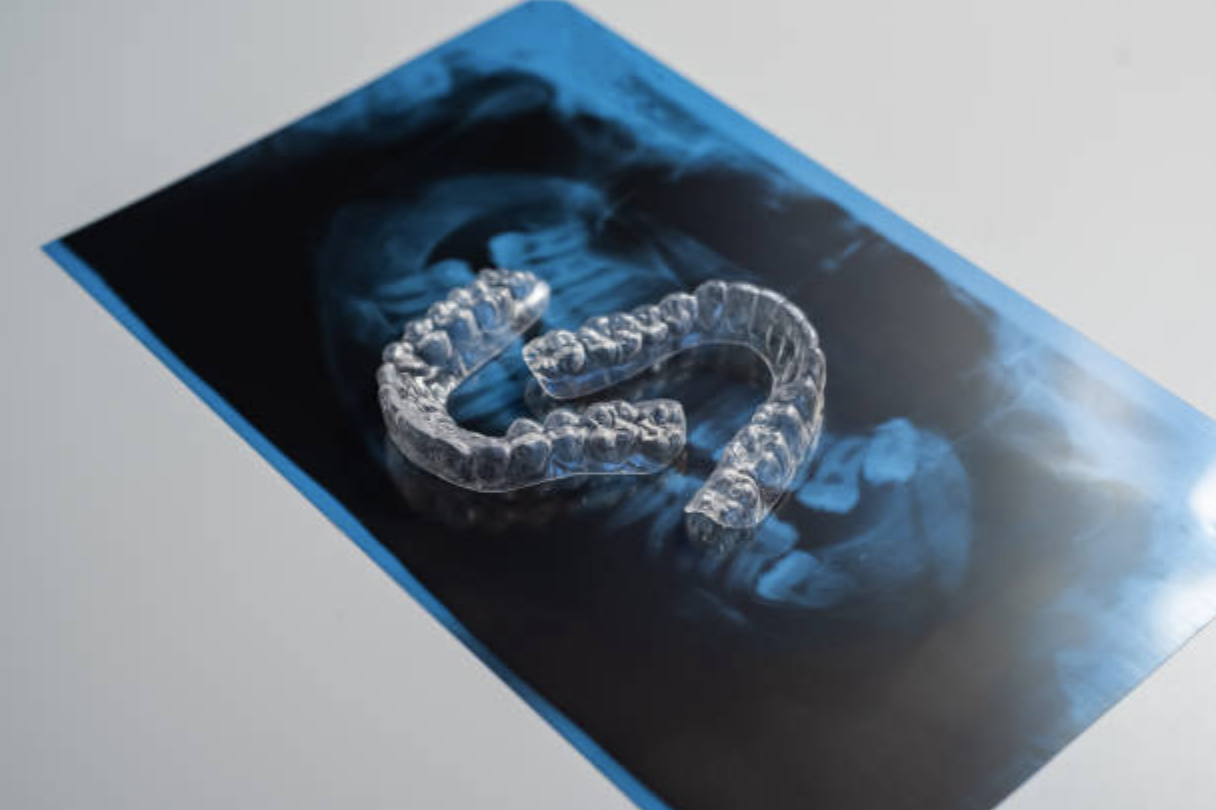
INVISALIGN WORKS WITH YOUR LIFESTYLE
Not Against It
Invisalign treatment is personalized to your needs and smile- Which means the trays are designed to fit comfortably.
Invisalign is made of a strong, clear plastic material, so you never have to worry about metal brackets, wires, or sharp appliances harming the soft tissue in your mouth.
Invisalign allows you to keep your teeth clean. Since the trays are removable, you can brush and floss normally, and continue to enjoy all your favorite sticky, crunchy foods during treatment.
How Invisalign Works

The Results Speak for Themselves

It can most likely help you too.
According to Invisalign
For Invisalign If:
YOU MAY BE A GOOD CANDIDATE
Discretion is Preferred
Invisalign is a great way to get the same results we see from traditional orthodontic treatment, without wearing noticeable metal braces.
Committed Mindset
Invisalign aligners must be worn for 20-22 hours each day.
Minor Flaws
Invisalign is great for addressing minor cases of malocclusion, bite misalignment, gapping, tooth rotation, etc.
Examples of Cases
Some Types of Cases Invisalign Can Treat
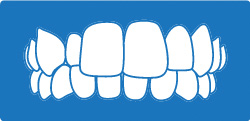
Underbites
When the bottom row of teeth stick out past the upper row.
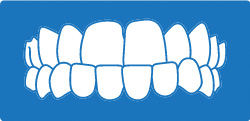
Crossbites
The bottom and top rows of teeth are horizontally misaligned. This may cause jaw pain, TMJ, uneven tooth wear, and other symptoms.
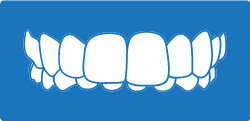
Overbites
When the upper teeth stick out too far past the bottom row. This may increase the risk of chipping your front teeth.
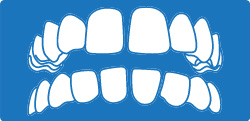
Gapped Teeth
Gapped teeth can affect your self confidence, and make it difficult to eat and speak correctly.
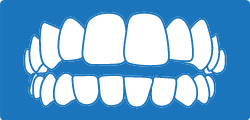
Open Bite
An open bite is when the top and bottom rows of teeth do not line up properly when the jaw is shut, which can lead to problems speaking and/or chewing.
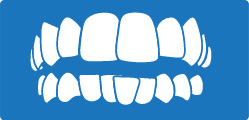
Crowded Teeth
Crowded teeth can lead to cavities, make flossing and brushing difficult, and cause uneven tooth wear.
Treatment Time
From Start to Finish
Consultation
At DentArt Chicago, our experts will begin your Invisalign treatment with a dental evaluation. We will also take impressions of your smile, which will be used to create your custom trays.
Planning
Your treatment plan will be personalized to your needs and smile goals. We will provide step-by-step instructions, followed by information on how your smile is going to change over the next several months.
Fabrication
Your impressions will be used to create your custom Invisalign trays over the next two to four weeks.
Starting Treatment
You can start treatment as soon as you have your aligners. Invisalign needs to be worn for 20 to 22 hours every day in order to produce the desired results. Additionally, about every two weeks those trays will be switched out for the next set in the treatment plan.
Frequent Exams
You will need to visit your dentist every four to six weeks for check-ups and treatment monitoring.
The Results
It takes about 12-18 months for most patients to achieve their desired results. Results can be maintained by continuing to wear your final set of aligners, or a custom retainer, after completing treatment.
There is a noticeable difference between these two treatments...
Straighter Teeth Equals Improved Oral Health & General Wellbeing
Invisalign is designed to give patients a flexible, comfortable way to achieve a straighter smile, but it does much more than that.
After treatment, patients not only feel more confident in their smiles, they also usually find it easier to brush and floss, and suffer less from malocclusion symptoms, such as bite misalignment, headaches, jaw pain, excessive tooth wear, and more.
Our Patients Before & After Galleries
Transformative Results
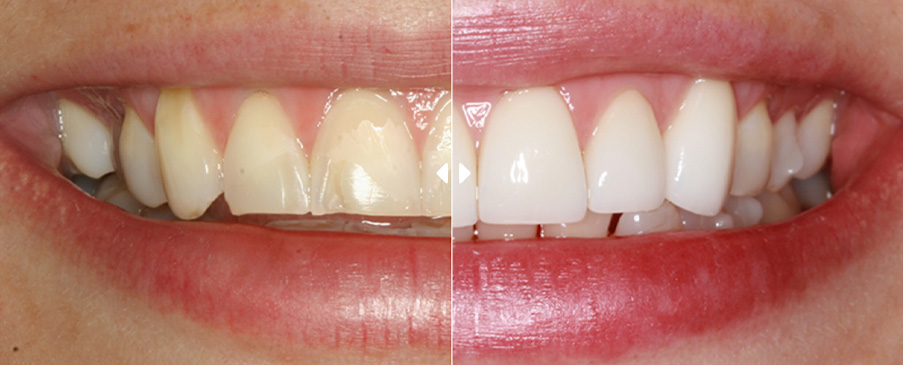
Uneven teeth and an overbite detracted from this patient's smile.

